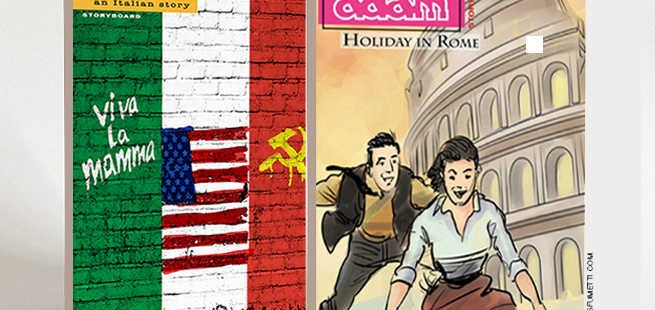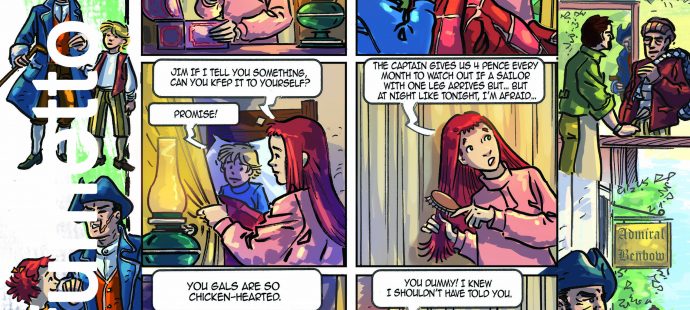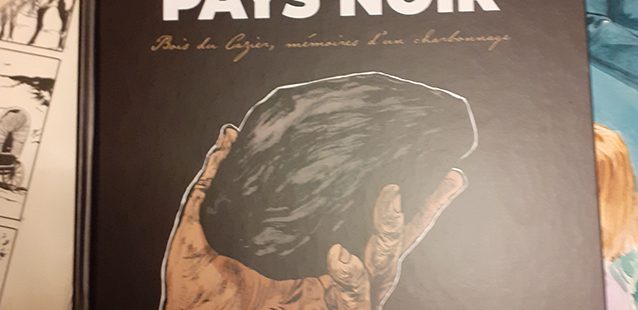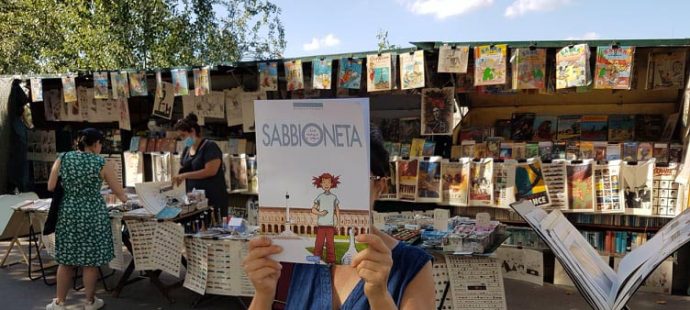
Anniversaries 2024: 550 years since the birth of Isabella d’Este
Anniversaries 2024: 550 years since the birth of Isabella d’Este Graphic Novel scheduled Fall 2024 Artist wanted

Anniversaries 2024: 550 years since the birth of Isabella d’Este Graphic Novel scheduled Fall 2024 Artist wanted

It’s Saturday! Looking for a graphic novel on the Italian way of life, politics, style … and many more!

Treasure Island unpublished version is printed

When a comic is much more than a comic: Pays Noir The toil, life and death (many Italians) of the miners. Must read absolutely! I hope that some publisher in ...

Sabbioneta graphic novel found in Paris We have received a photo of our volume “Sabbioneta” found in Paris on the Seine for sale by a bouquiniste. Thanks to the anonymous ...